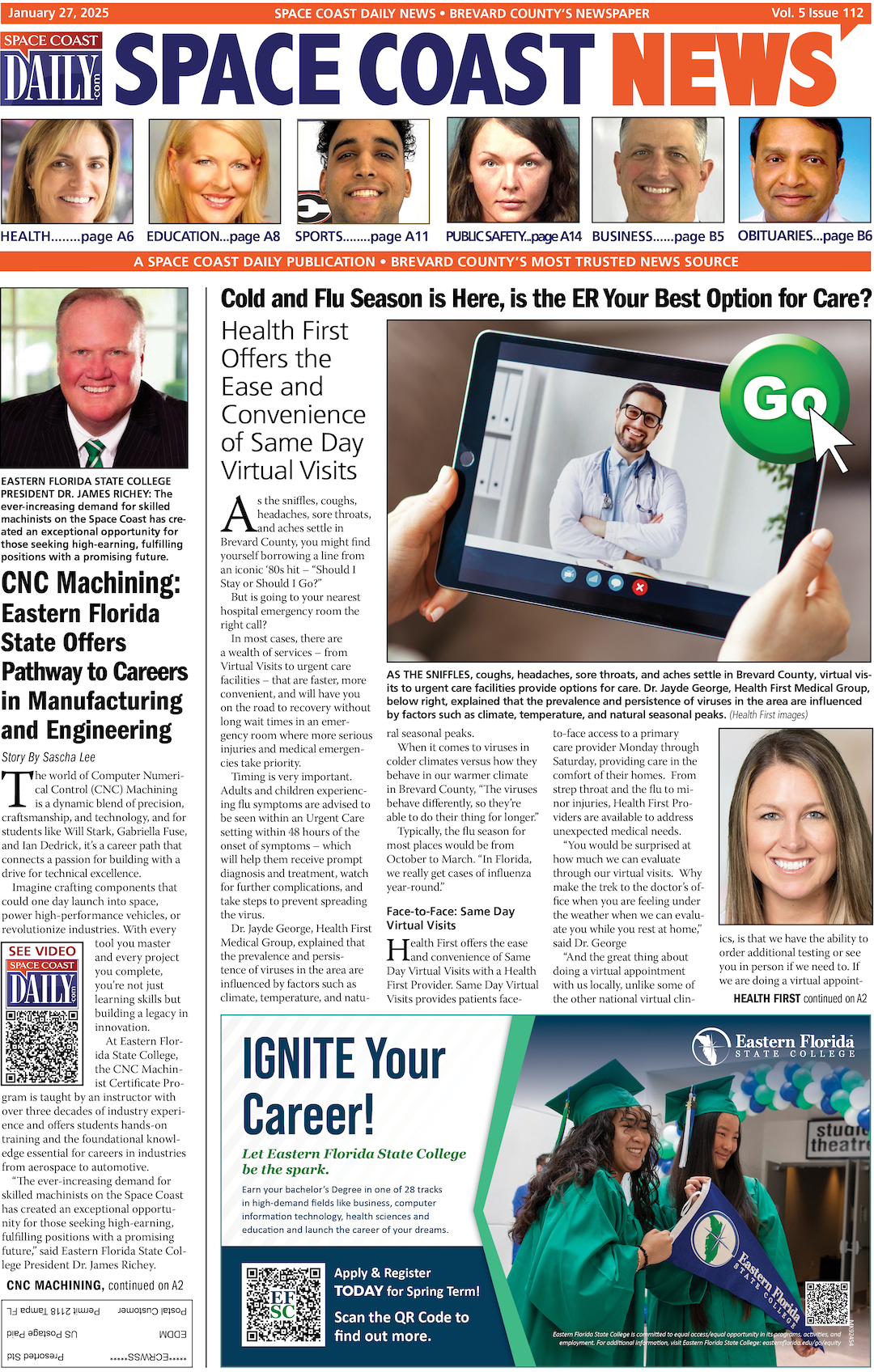NEW YEAR, NEW YOU: A Dietitian’s Guide To Sustainable Weight Loss
By Ashley Galloway, MS, RD // December 31, 2019
Most of us can stand to shed a few pounds
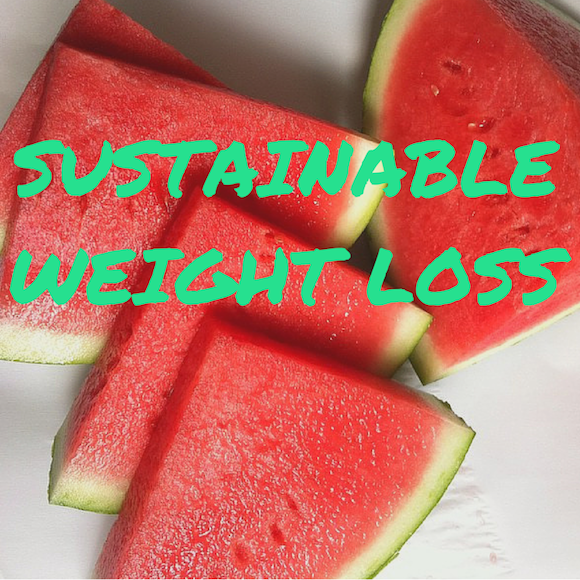
EDITOR’S NOTE: With the Holiday Season here and New Year’s resolutions soon-to-come, that ever-so-pesky issue of those few pounds (or maybe more) that have materialized when checking out the physique in the full-length mirror may be weighing heavy on some minds in the next few days.
Most of us can stand to shed a few pounds to improve our overall well-being. Brevardian and campus dietician for the College of Charleston, Ashley Galloway, provides sage advice and important tips on how to lose weight as well as keep it off in this article from her informative and fun website, The Fresh Beet.
“I believe that cooking is at the heart of health,” says Ashley. “That food is meant to nourish and not just to quiet a hunger. That everyone has the ability to acquire food confidence in order to achieve their optimal health.”
– Dr. Jim Palermo, Editor-in-Chief
NEW YEAR, NEW YOU: A Dietitian’s Guide To Sustainable Weight Loss
Extreme weight loss techniques may help you shed pounds immediately, but these results are temporary. Shifting the way you think about food and making permanent lifestyle changes is the only way to sustain weight loss.
Let the ideas below guide you in your weight loss endeavors, making this the last time you attempt to lose weight.
Portion Control & Balance
Controlling the amount of food you eat at any time is one of the most important things you can do that will result in permanent weight loss. Furthermore, understanding how to balance your meals will inevitably lead you to control your portions. We always hear that a balanced meal is good for our health, but what does that actually mean? It means to include foods from all food groups to ensure a variety of nutrients in your diet.

Fiber, fat and protein keep you feeling satisfied (by regulating blood sugar and slowing digestion) until your next meal so you don’t get ravenously hungry later on and feel the need to eat any and everything in sight.
What’s most important is that each meal is colorful and has a little carbohydrate, fat and protein. Below are examples of great meal menus that provide these four elements with links to the recipes.
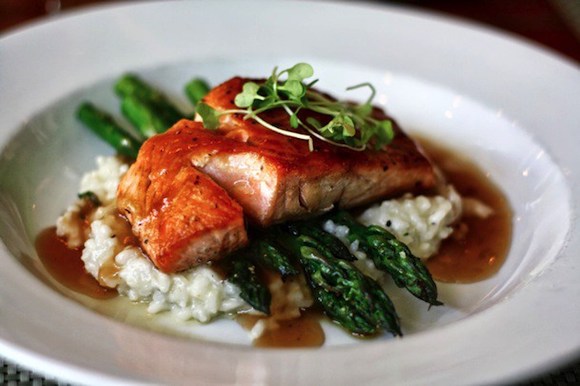
From Cait’s Plate: 3-4 oz. baked salmon over roasted asparagus and a whole grain (farro, quinoa or whole wheat couscous goes great).
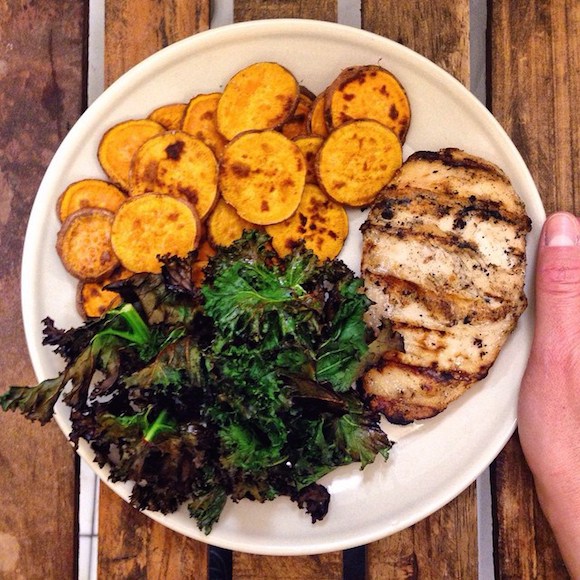
From Cait’s Plate: Grilled chicken breast, roasted kale chips and roasted sweet potato rounds.
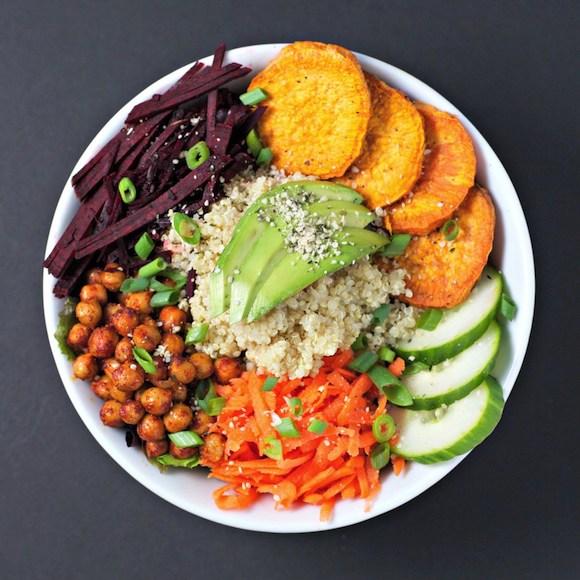
From Begin Within Nutrition: The Balanced Bowl.
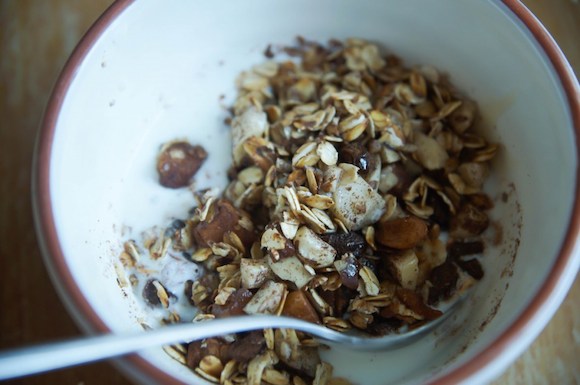
From The Fresh Beet: Toasted muesli over kefir will warm your soul.
Let the ideas below guide you in your weight loss endeavors, making this the last time you attempt to lose weight. Perhaps, weighing the pros and cons of the CICO diet (calories in, calories out) may be an option if you’ve yet to find the diet that best suits your lifestyle.
Don’t Drink Your Calories
Drinks with added sugars are common culprits of weight gain; soda, juices, coffee drinks, alcohol, energy drinks, sports drinks and other sugary drinks. Simply cutting your consumption – in half or completely – of these drinks will help you lose weight. What makes this behavior sustainable is learning to live without it or finding a healthy alternative:
Soda: instead, try soda water with lemon, or unsweetened flavored soda water like La Croix. Or enjoy your soda once/week instead of once/day.
Coffee: keep the added sugar to a minimum or don’t add any at all. If this is impossible, keep the sugar but be mindful about your sugar intake for the remainder of the day. It’s all about balance.
Sports Drinks: Drinks like Gatorade and Powerade are electrolyte and glycogen replacers. Unless you’ve just done an intense workout over 60 minutes and were sweating profusely, you don’t need this stuff. Otherwise, it’s just a big bottle of sugar water.
If you’re not ready to completely give up your drink habits, slowly eliminate them from your diet. Additionally, if you cannot live life without them, enjoy them in moderation.
Cease the “All or Nothing” Mentality
Don’t let one unhealthy choice snowball into 5 more unhealthy choices for the day. We all fall off the healthy eating bandwagon but what’s important is that you get back on ASAP. Don’t chalk up one poor choice to complete failure. Forgive yourself and move on.
Think Before You Eat
When was the last time you really thought about what food would do for your body before eating it? We’ve got to get into the habit of thinking before we eat. Is this food nutrient dense or is it full of empty calories? Is this food close to its natural state or is it highly processed? How will this food make me feel after I eat it? Will I feel satisfied and full of energy, or will I feel stuffed and lethargic?
Be Mindful of Carbohydrates (CHO)
- Don’t avoid them
- Don’t overeat them
- Eat the right kinds
So how much do you need? For non-athletes I recommend:
Women: 30-45 g CHO per meal, 15-30 g CHO per snack
Men: 45-60 g CHO per meal, 15-30 g CHO per snack
Because athletes require more CHO to recover from workouts, the above recommendation does not apply to them. If you are an athlete and are curious about the amounts of CHO you need pre- and post-workout, contact me and I can give you the hook up.
These CHO amounts are based on the diabetic exchange list. Although you may not have diabetes, it’s a reliable and easy system to use in order to eyeball the amounts of CHO you are about to eat. I think it’s a healthy tool for everyone to use; whether or not you have diabetes. Although brands vary, here are the basics:
15g CHO of Starch
3/4 cup cereal
1/2 cup oats
1/2 cup rice, pasta, barley, cous cous, quinoa, etc.
1 slice bread
1/2 english muffin
15g CHO of Veggies
1/2 cup cooked (carrots, broccoli, cabbage, onion, etc.)
1 cup raw (including salad greens)
1/2 cup starchy veggies (corn, potatoes, beans/legumes, okra
15g CHO of Fruit
1 small apple, orange, peach, pear, banana etc.
1 cup fresh berries, grapes
1/2 grapefruit
1 kiwi
1 cup melon
*Remember, there are no CHO in meat and fats (butter, oil, etc).
For example: you’re a woman who wants to keep her CHO count at 45 grams for dinner tonight, and is having salmon with stir fry veggies and brown rice. Check it:
Salmon: 4 oz = 0g
Brown Rice: 1 cup = 30g (1/2 cup = 15g)
Veggies (broccoli, onion, carrot, garlic): 1 cup = 15g
Total = 45g
Avoid highly processed CHO like prepackaged snack foods, sugary drinks and sweetened grain products, and be mindful of the cereals you choose. Choose whole grain cereals with less than 10g sugar, at least 3g protein and 5g of fiber.
Eat the Rainbow
Aim to eat 3 vegetables and 2 fruits each day, varying your colors. Increasing your intake of these nutrient dense foods will automatically replace those calorically dense, processed foods that don’t help you lose weight. Almost immediately you’ll start to feel (and look) better, making the daily consumption of fruits and vegetables a breeze.
Exercise
Not only is exercise good for weight loss, but it helps sustain that weight loss. Both strength and endurance exercise increases metabolism and builds lean muscle mass, both of which aid in weight loss. It also makes you feel better. The goal to sustainable exercise is to enjoy it. Find something you love to do: dance, run, cycle, yoga, pilates, walk, weight lift, rock climb; whatever gets you moving. Additionally, simply reducing your sitting time will also help. Our bodies were made to move, so keep them moving throughout the day.

Goal Setting
Lastly, in order to lose weight you must set goals; realistic ones. If you currently eat zero veggies, it would be unrealistic to expect yourself to start eating 3 servings of veggies each day this week. Instead, try eating 1 vegetable three times this week. If you drink 2 sodas a day, don’t try to cut them out cold turkey; instead, try having one a day. Give yourself a few weeks and then cut it down to 5 sodas a week. Then 4 a week. Then 3 a week and so on until you no longer need soda, or you only indulge in soda once a month.
You don’t ever have to give up anything to achieve sustainable weight loss. You just have learn how to master balance, portion control and moderation. It may take some time, but I think you’ll agree it’s worth it.
ABOUT THE AUTHOR

Ashley Galloway, an Indialantic native who graduated from Holy Trinity Academy, received her Master’s degree in Nutrition from Florida State University and has since worked as a clinical dietitian in a variety of settings from pediatrics to adult kidney transplant to nutrition research. She currently works on the frontline of preventative care as the campus Dietitian for the College of Charleston in South Carolina. Ashley started a food blog called The Fresh Beet, which is a space she uses to share her passion for healthy cooking and to teach others how to live healthier lives using nutrition as medicine.
CLICK HERE FOR BREVARD COUNTY NEWS




